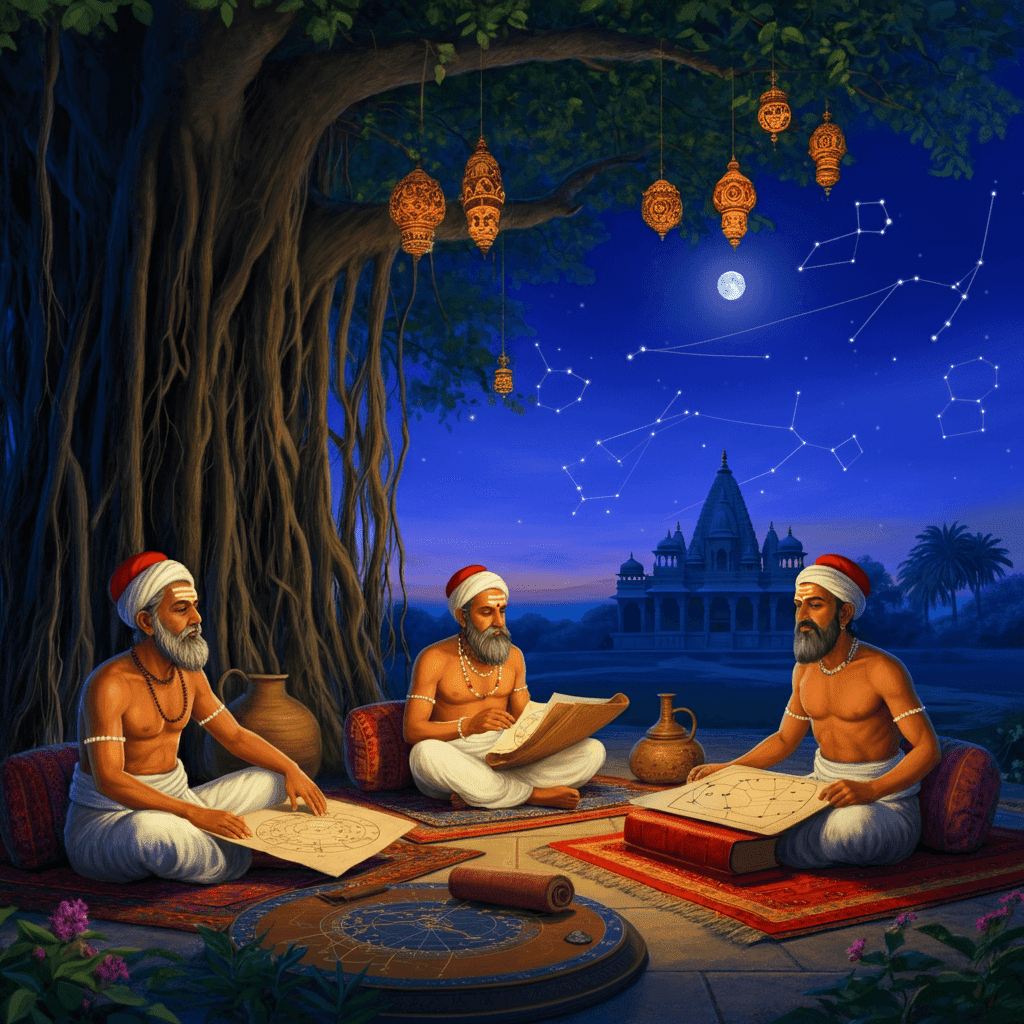Look up at the night sky. What do you see? Stars, planets, a mysterious vastness. For thousands of years, humans didn't just gaze at the stars for beauty. They saw a roadmap. Across civilizations India, Greece, Egypt, Mesopotamia, Persia, and beyond people believed the heavens mirrored life on Earth. Welcome to the world of cultural astrology, where celestial movements once determined everything from harvests to marriages.
Babylonian Astrology (c. 1800 BCE – c. 1200 BCE)
Chinese Astrology (c. 1050 BCE – Present)
This was astrology with a Mediterranean twist. As Greek thought blended with Egyptian mysticism, astrology got more sophisticated, think houses, aspects, and personalized horoscopes.
The Greeks introduced charts based on the exact moment of birth. They weren't just predicting fate; they were analyzing your character and potential. It was part science, part soul-mapping.
Hindu (Vedic) Astrology (2nd Century CE – Present)
Known as Jyotisha, or "light science," Vedic astrology is among the most detailed systems ever developed. It doesn't just look at the sun signs it uses nakshatras (lunar constellations), planetary periods (dashas), and karma.
From naming babies to launching businesses, Jyotisha influences nearly every aspect of life in India. Even politicians consult astrologers for election timing.
Western Astrology
Modern Western astrology centers around the 12 zodiac signs—Aries through Pisces based on the position of the Sun at your birth. It's the most widely known form today, largely thanks to its presence in media and pop culture.
People often use it to explore personality traits, relationship compatibility, and career guidance. Whether you're a stubborn Taurus or a sensitive Cancer, Western astrology has become a go-to tool for self-discovery, even if skeptics raise an eyebrow.
Conclusion
From ancient temples to modern apps, astrology has never really left us. While science may label it pseudoscience, its cultural roots run deep. It's more than predictions; it's a language of meaning, connection, and hope. Civilizations may rise and fall, but our eyes still turn to the stars for answers.









.png)
0 Comments